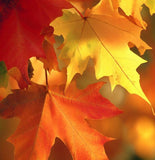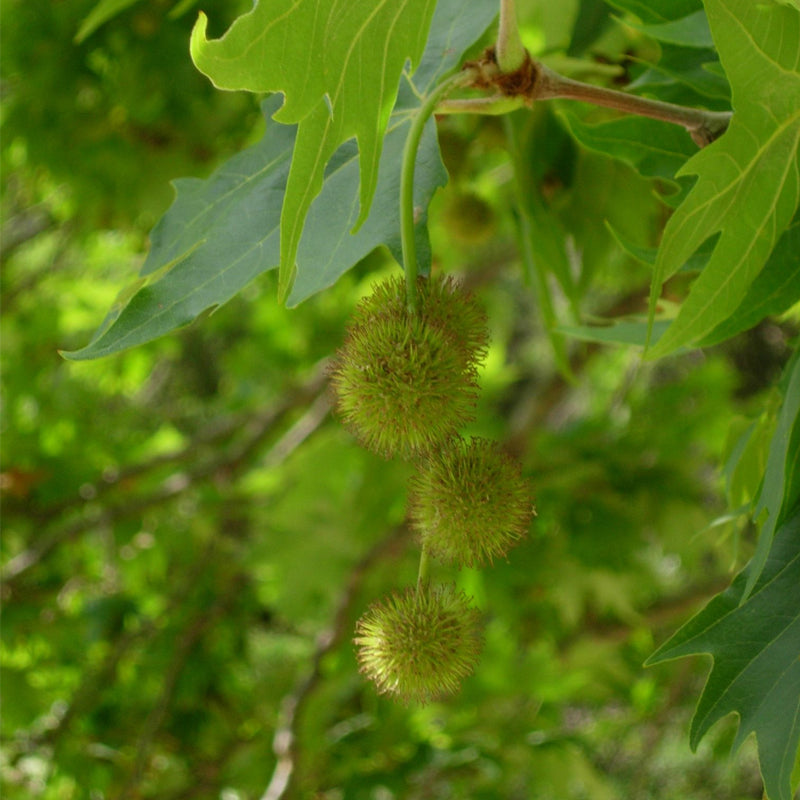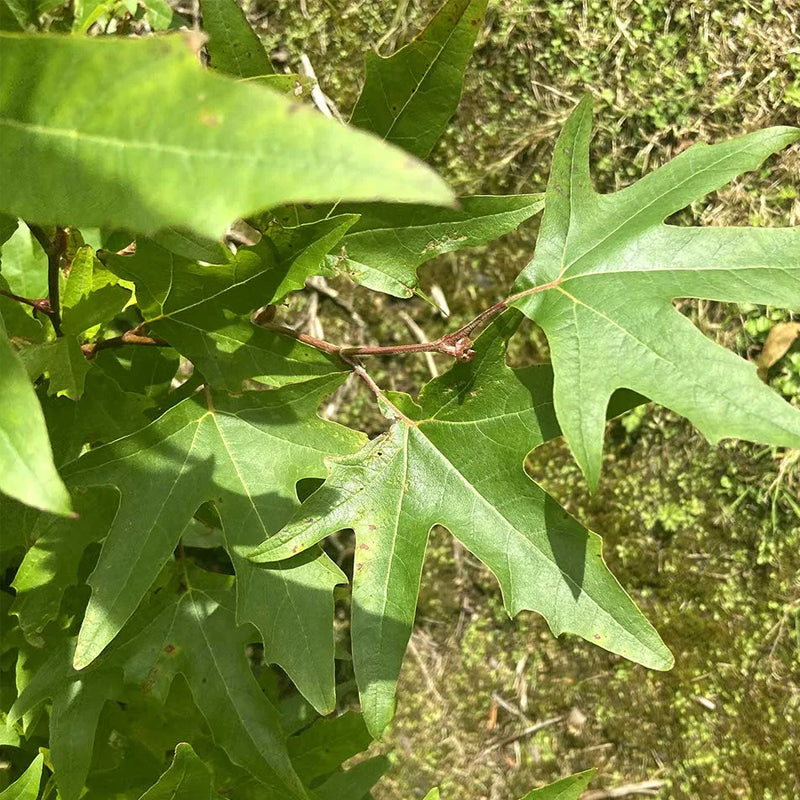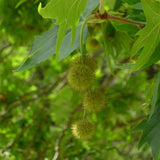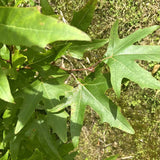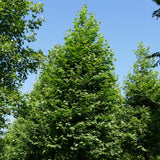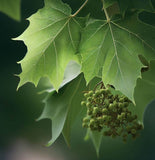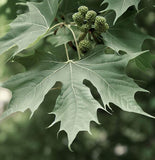Platanus orientalis c.s. (Oriental Planetree)
Platanus orientalis c.s. (Oriental Planetree) is a large, deciduous tree native to southeastern Europe and southwestern Asia. It is widely cultivated as an ornamental tree and is valued for its attractive appearance, shade-providing qualities, and tolerance to urban conditions. The Oriental Plane Tree is known for its distinctive bark and large, lobed leaves.
Size and Growth Habit: The Oriental Plane Tree is a large tree that can reach heights of 20-30 meters (66-98 feet) or more. It has a broad, spreading canopy and a sturdy trunk with a distinctive, mottled bark. The branches are usually horizontally spread, creating a wide, open crown.
Leaves: The leaves of Platanus orientalis are large, palmately lobed, and have three to five lobes with toothed margins. They are bright green in color during the growing season and turn yellow to brown in the autumn before falling. The leaves provide ample shade during the summer months.
Bark: The bark of the Oriental Plane Tree is one of its most notable features. It has a patchy appearance with a combination of tan, cream, and light green colors. As the tree ages, the bark becomes rough and develops distinct patches that peel away, revealing the lighter-colored inner bark. This shedding bark creates an attractive and textured appearance.
Flowers: The flowers of Platanus orientalis are small and inconspicuous, and they are borne in spherical clusters. They appear in the spring before the leaves emerge. The male and female flowers are separate, but both types occur on the same tree.
Fruits: The fruits of the Oriental Plane Tree are spherical, woody, and hang in clusters. They have a rough, textured surface and contain small seeds. The fruits persist on the tree throughout the winter and provide food for birds and other wildlife.
Urban Tolerance: Platanus orientalis is highly valued as an urban tree due to its tolerance to various environmental stresses, including pollution, compacted soils, and drought. It is commonly planted along streets, in parks, and in other urban landscapes to provide shade and aesthetic beauty.
Botanical Name : Platanus orientalis c.s.
Common Name : Oriental Planetree
Height : 99 ft
Spread : 55 ft
Germination Info : No pre-treatment required.
Hardiness zone : 7-9
Other inf0 : C.S. (Cleaned Seed)
Average seed per ounce : Approx. 5313

